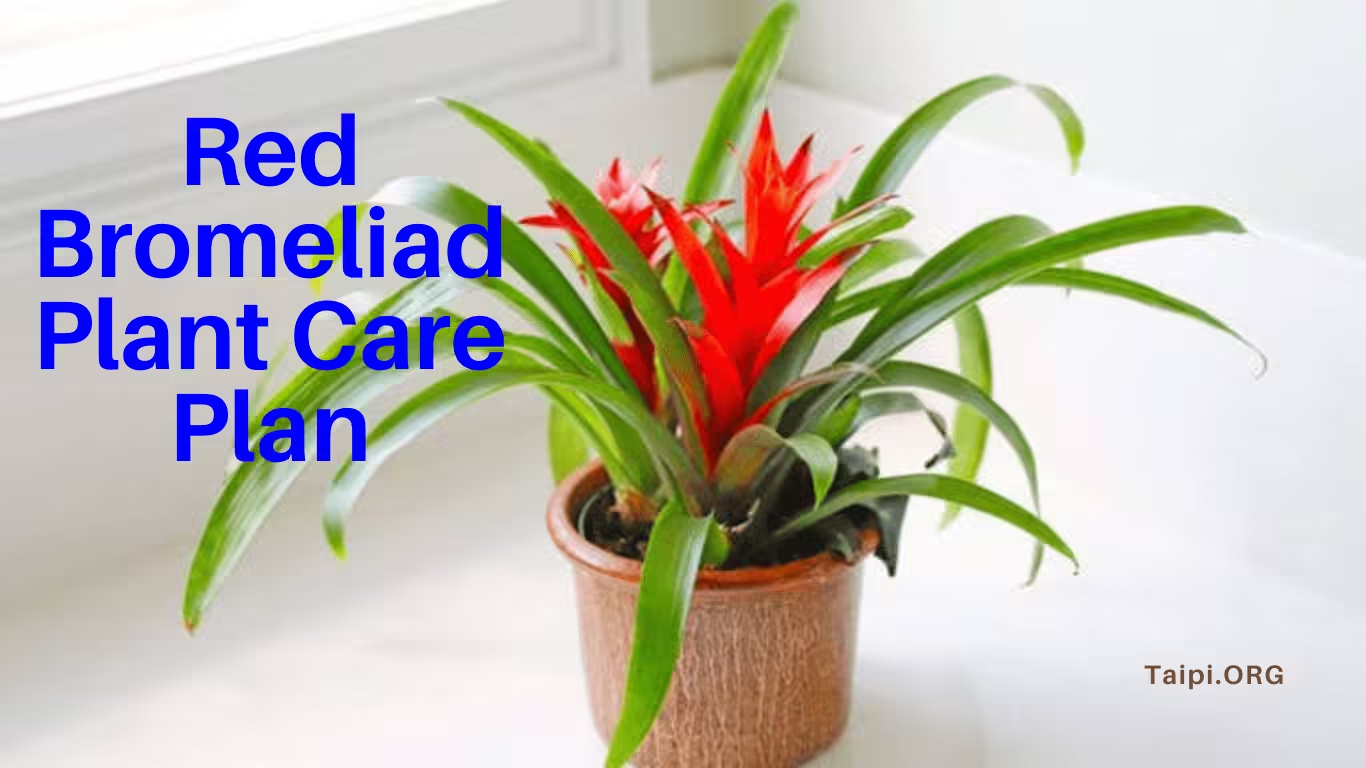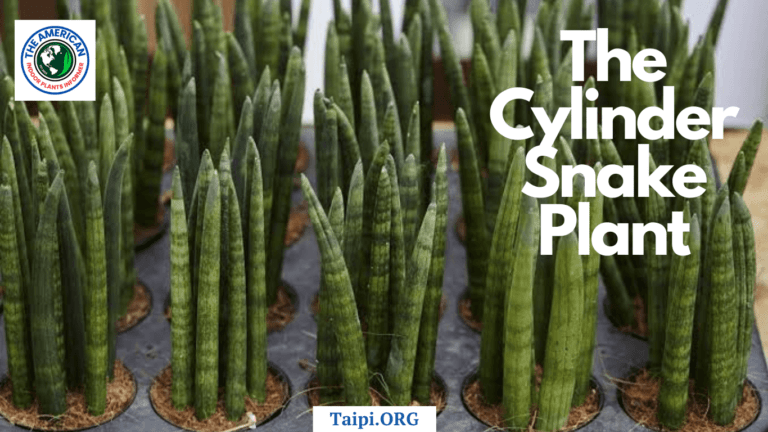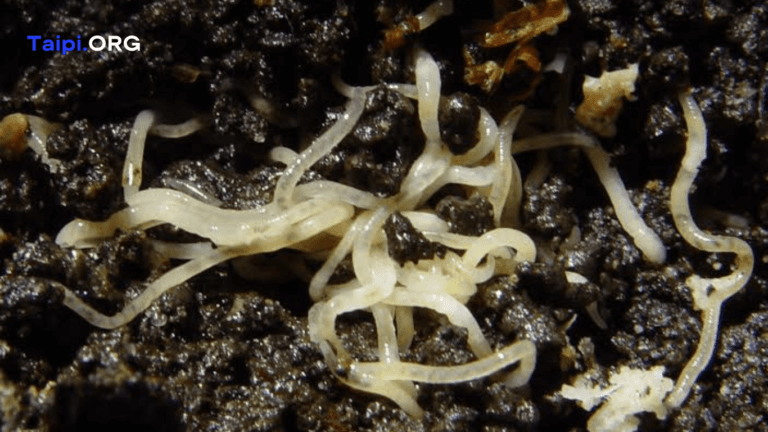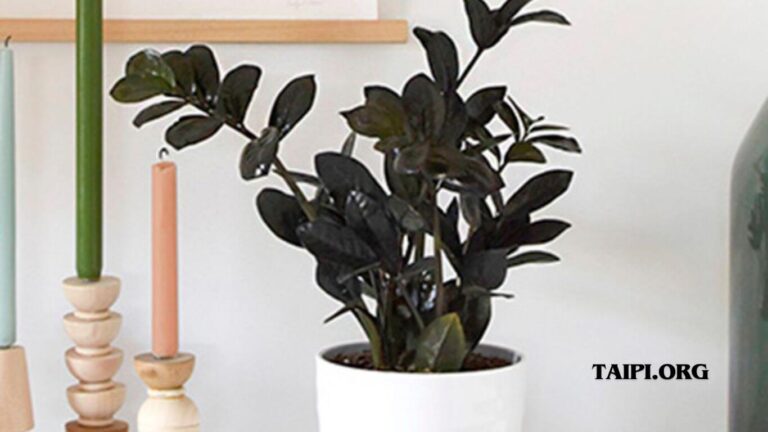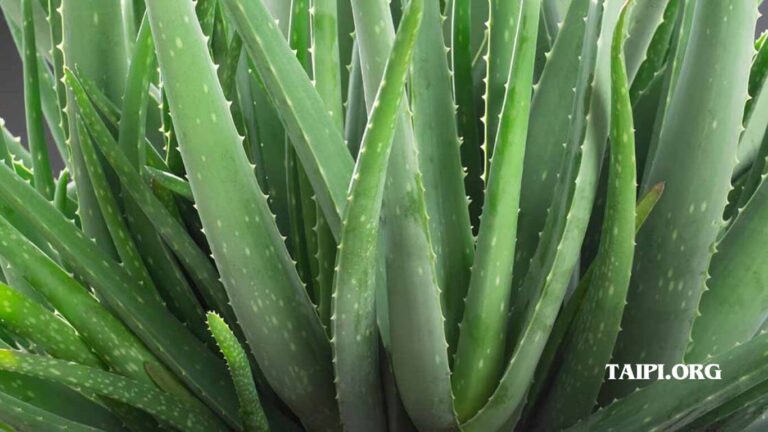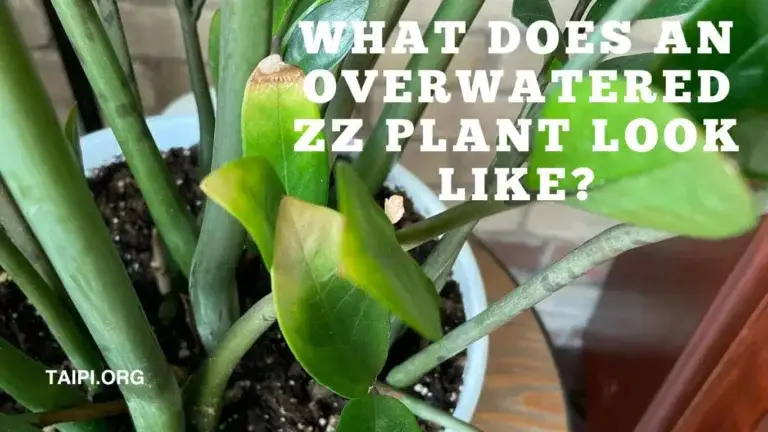Red Bromeliad Plant Care Guide
BROMELIADS are tropical plants known for their vibrant and unique appearance. The red bromeliad, in particular, adds a splash of color to any indoor or outdoor space. However, there is always a conflict when it comes to caring for the red bromeliad plant.
Thankfully, here at Taipi.ORG, we go beyond the surface, to unearth the nuggets of wisdom that will help you care for your red flower bromeliad plant especially if you are growing it indoors.
Related: Why is My Bromeliad Turning Brown?
How to Care for the Red Bromeliad Plant Indoors
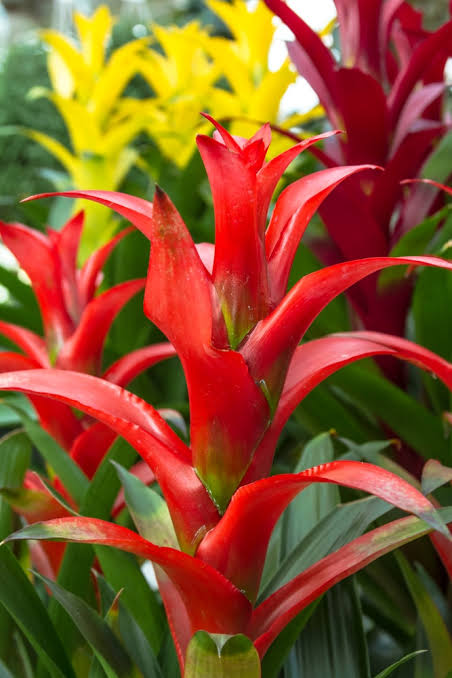
If you want to grow a healthy bromeliad red flower, then you need to go beyond the ordinary. Follow this care guide to give your red flower bromeliad the best treat.
Indoor Lighting
Place your red bromeliad in a location with bright, indirect light, especially in the kitchen or dining room. Avoid direct sunlight, especially during the hottest parts of the day.
If grown outdoors, provide your red bromeliad plant with filtered sunlight or partial shade because too much direct sunlight can scorch the leaves.
Watering Frequency
Water your red bromeliad thoroughly, keeping the central cup (the rosette of leaves) filled with water. Allow the soil to dry out between waterings.
Water Quality
If possible, use room temperature, distilled, or rainwater for watering. Bromeliads are sensitive to chemicals found in tap water.
Avoid Overwatering
Ensure good drainage for the plant because overwatering leads to waterlogging, which can cause root rot. Empty excess water from the central cup to prevent stagnation.
Temperature
Red bromeliads generally thrive in temperatures between 60°F to 80°F (15°C to 27°C). For you to grow healthy plants, protect your red bromeliads from temperatures below 50°F (10°C).
Humidity
Bromeliads prefer high humidity. If the air is dry, mist the plant occasionally or place a humidity tray nearby.
Use Well-Draining Mix
Use a well-draining potting mix, such as an orchid mix or a bromeliad mix. These plants don’t tolerate waterlogged soil.
Additionally, use selective orchid pots such as Ymdewe 6inch Orchid Pot (pictured above) that have holes for draining water.
Maintain Moderate Feeding
When it comes to fertilizing your red bromeliad plant, feed it with a balanced liquid fertilizer every 2-3 months during the growing season (spring and summer). Dilute the fertilizer to half the recommended strength.
Prune Off Spent Blooms
A well-fed red bromeliad plant sprouts rapidly. As such, flowers grow faster than poorly-fed plants. Trim away spent flowers and dead or yellowing leaves. This promotes a tidy appearance and encourages new growth.
A Time to Propagate
Red bromeliads produce offsets called “pups.” Once a pup has reached a reasonable size, you can carefully remove it from the mother plant and repot it.
Special Considerations When Caring for the Red Flower Bromeliad
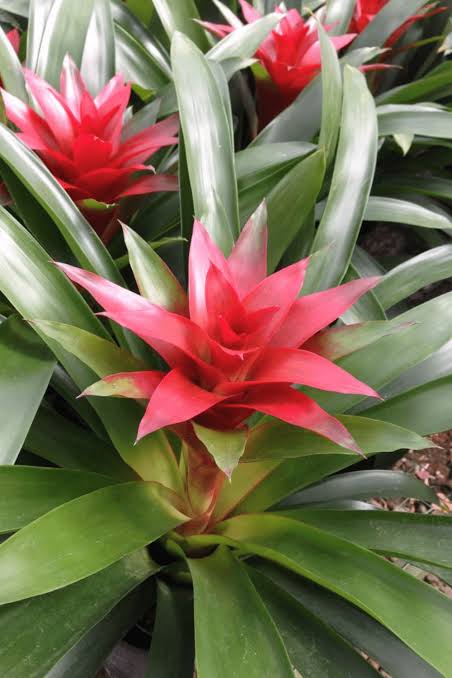
Like most indoor plants, red bromeliad is sensitive to several things. Here are a few you might want to put in mind:
Ethylene Sensitivity
Bromeliads are sensitive to ethylene, a natural gas produced by certain fruits. Keep the plant away from ripening fruits to prevent damage.
Blooming Period
Red bromeliads typically produce colorful bracts that last for several weeks. After blooming, the mother plant may produce pups and gradually decline.
Remember that individual plant care may vary based on the specific species of red bromeliad you have.
As always refer to any care instructions provided when you purchase the plant, and observe your plant’s behavior to adjust its care regimen as needed.
Red Bromeliad Diseases
Hardy as they may, red bromeliads can be susceptible to various diseases. Here are some common diseases that affect red bromeliad plants:
Fungal Infections
Root Rot: Overwatering or poor soil drainage can lead to root rot, a fungal disease that affects the roots of the plant. Root rot symptoms include wilting, yellowing, and mushy, brown roots.
Leaf Spot: Fungal leaf spot diseases can cause dark spots on the leaves. These spots may start small and merge to form larger lesions.
Bacterial Infections
Bacterial Soft Rot: This can occur in the center of the bromeliad, causing the plant to become mushy and collapse. Overwatering and poor air circulation can contribute to bacterial soft rot.
Viral Infections
Bromeliad Mosaic Virus: This viral infection can cause mottling, streaking, or distortion of leaves. Bromeliad mosaic is often spread by contaminated tools or through contact with infected plants.
Pests
Aphids, Mealybugs, and Spider Mites: These pests can infest bromeliads, feeding on plant sap and causing damage to the leaves. They may also transmit diseases.
Cultural Issues
Improper Light or Temperature: Like other bromeliads, red bromeliads may suffer if they receive too much or too little light. Additionally, they have specific temperature preferences (60°F – 80°F), and extremes can stress the plant and make it more susceptible to diseases.
Prevention and Treatment
You don’t have to wait until your bromeliad red flower is sick to act. Here are a few important things you can do to prevent diseases from killing your plant.
Water Your Plants
Allow the soil to dry out between waterings to prevent root rot.
Water the plant at the base to keep the leaves dry and reduce the risk of fungal infections.
Maintain Enough Air Circulation
Ensure proper ventilation around the plant to reduce the risk of fungal and bacterial diseases.
Quarantine New Plants
Keep newly acquired plants separate for a while to make sure they are not carrying any pests or diseases.
Control Pests
Regularly inspect your bromeliad for pests and take appropriate measures if you notice any.
Provide Optimal Growing Conditions
Ensure that the bromeliad is placed in the right light and temperature conditions.
Remove Infected Parts
Prune and remove infected leaves or parts of the plant to prevent the spread of diseases.
My Final Thoughts on the Red Bromeliad Care Plan
The proper care of the red bromeliad plant starts by understanding the plant’s needs and fulfilling them.
The red bromeliad care plan includes giving the plant partial light, proper watering, optimum air circulation, balanced fertilizer, and pruning among others.
If you notice signs of disease, identify the specific issue to apply the most appropriate treatment.
In some cases, fungicides or pesticides may be necessary, but it’s important to use them according to the product instructions and recommendations.
But if you’re unsure about the specific disease affecting your red bromeliad, consult with a local plant expert or horticulturist for guidance.

